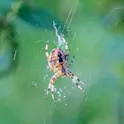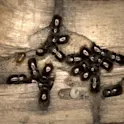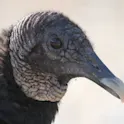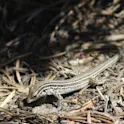
Featured news
21 Apr 2023
The right sports bra may increase your running performance by 7%
By Suzanna Burgelman, science writer Researchers are one step closer to understanding the influence of good running apparel on running performance and injury risk. A new study in Frontiers in Sports and Active Living found that greater breast support during running is associated with increased knee joint stiffness, altering the lower body biomechanics of female runners. Specifically, a low support bra was associated with a 2% increase in knee joint stiffness, and a high support bra with 5%. Overall, a well-designed sports bra could increase a female’s running performance by 7%. Running is one of the most accessible forms of exercise with an array of proven cardiovascular and musculoskeletal benefits, and an added bonus of increased mental health. Good quality running gear, such as the right pair of shoes, is vital to improve running performance and reduce injury risk. For women particularly, a well-designed sports bra protects from exercise-induced breast pain, which can be a significant barrier to practicing sports. Up to 72% of women experience breast pain while running. Previous research has shown that the increased breast support sports bras offer not only influences breast movement but can also positively influence running performance. Greater breast support has been linked […]













